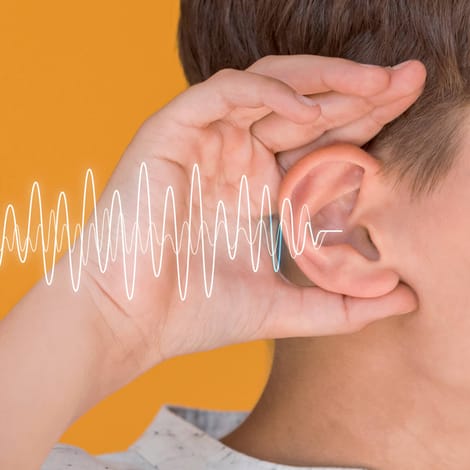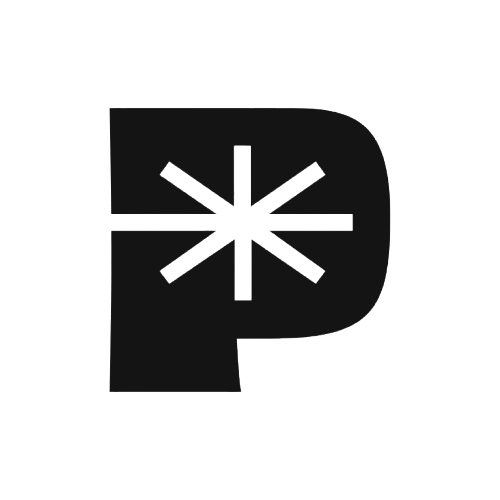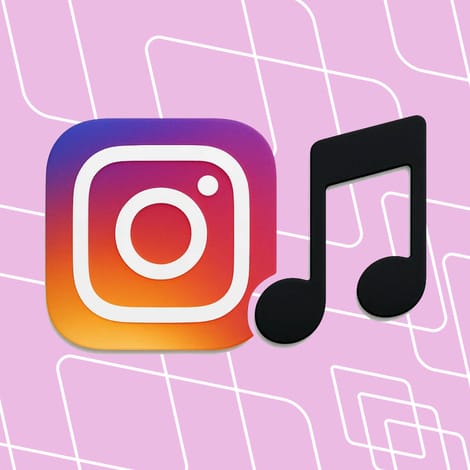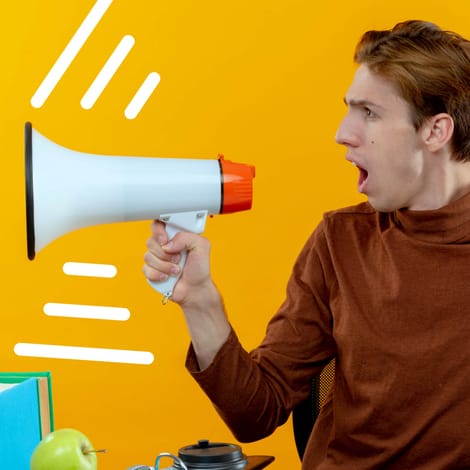Why Hooks Matter: How Creators Can Make Their Videos Irresistible from the First Second
In today’s scroll-happy world, the first 3 seconds of your video can make or break your content. Learn why hooks matter, which ones work, and how to craft scroll-stopping intros that drive views and engagement.
Table of contents
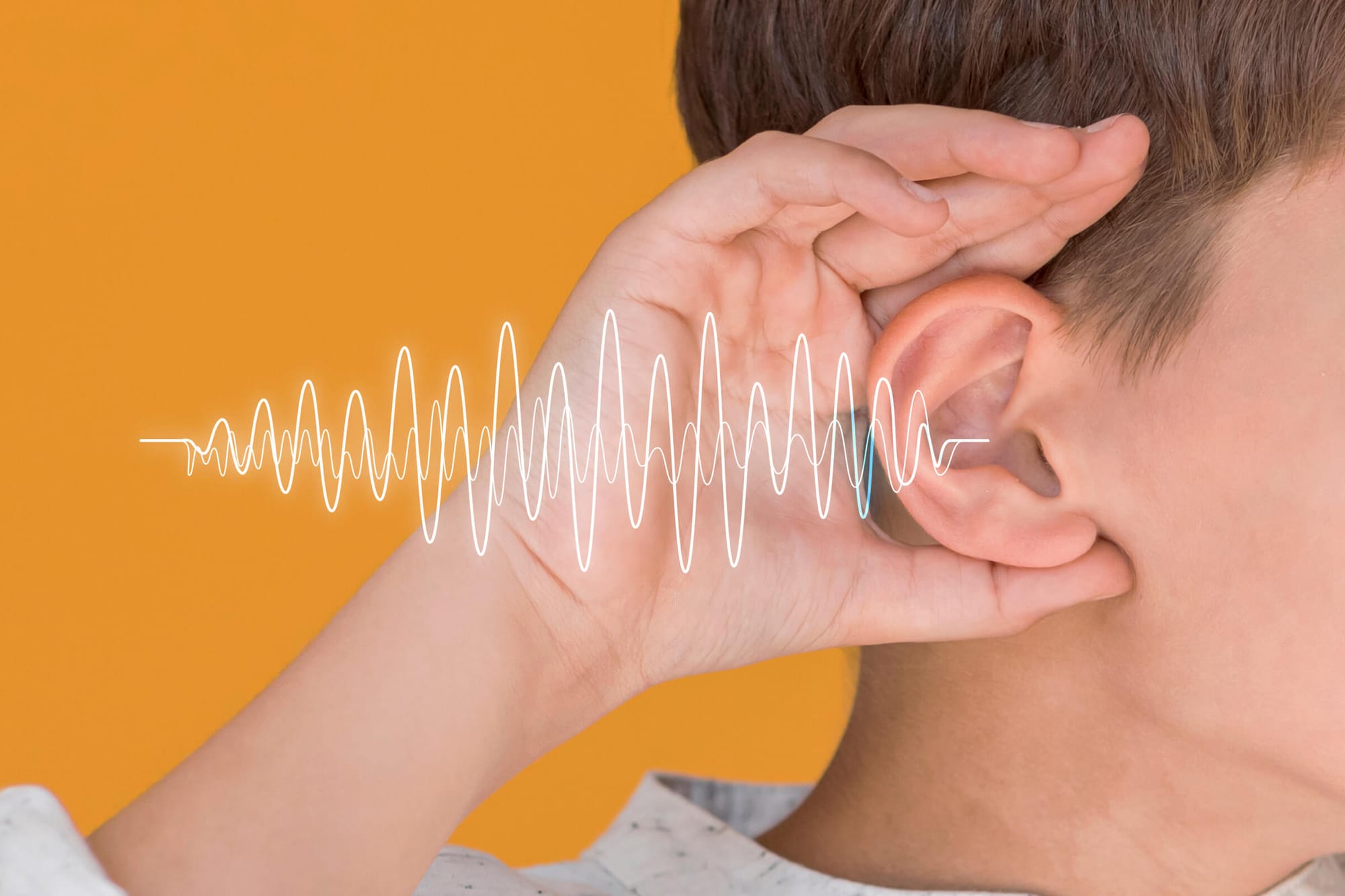
Let’s not sugarcoat it – being a creator right now is like screaming into a wind tunnel of infinite content. You can spend hours editing a masterpiece, but if the first three seconds flop? Scroll. Gone. Ghosted.
Let’s break down exactly what a hook is, how to create ones that work, and the mistakes costing you growth.
What Even Is a Hook? (And Why You Can’t Skip It)
Think of your hook as the moment your content holds its hand out and says: “Trust me. I’ve got something for you.”
For creators, a hook in your video is in the first 1–5 seconds – sometimes even just a single sentence or visual. It’s the scroll-stopper—the pattern interrupt. Your hook is the whole game on platforms like TikTok, Instagram Reels, and YouTube Shorts.
For brands, hooks enhance brand recall and message delivery, which are crucial for turning casual viewers into loyal followers – or even customers.
Consider hooks as tools for getting attention (a precious and expensive resource) for the price of a little strategy and a lot of honesty.
Download the perfect soundtrack for your videos with ProTunes One
Sign up to access high-quality music for your projects.
Sign Up NowThe Hook Toolbox: Five Proven Formats That Actually Work
Your audience’s brain is built to scan, judge, and decide in milliseconds. That’s not their fault – it’s how we’re wired. So your hook has to work with that instinct, not against it.
Here’s your stash of hook styles that consistently stop scrolls – and how to use them like a pro.
The Curiosity Gap
This is the classic “wait, what happens next?” trigger. It's that feeling when something’s missing – and your brain has to close the loop.
Use when: You want people to stick around for a reveal, a twist, or a “you won’t believe what happened” moment.
Examples:
- “Have you ever heard of…”
- “This is what happened when I started doing...”
Why it works: Our brains are wired to complete the puzzle. When something feels incomplete, it nags at us until we get the answer. It’s based on information gap theory – a psychological principle that says people feel compelled to fill in missing knowledge. You’re not just teasing – you’re opening a loop that demands to be closed. Ensure you deliver with the hook; otherwise, you will be marked as a spammer.
@imtheproblem I just hope they are well paid to be dealing with this 😭 #cambridgeuniversity
♬ original sound - Imtheproblem
The Mid-Story Drop-In
No intros. No “Hi guys.” No fluff. You just drop us straight into the middle of the action.
Use when: You’re telling a story, sharing a turning point, or showing transformation.
Examples:
- “I was crying in my car when I got the DM…”
- “So I hit record… and immediately regretted it.”
- “I just saw this…”
Why it works: It literally hijacks attention. It makes people feel like they’ve just walked into something already in motion and need to catch up. Think of it like a movie that starts in chaos and explains later. You’re saying: “Don’t scroll. This matters now.” Moreover, it is perfect for people who like to be to the point and have short videos that deliver the promised value.
@fifinikole I’m so mad I just found this out #slickback #buntutorial #hairtutorial #hairhack
♬ original sound - Fifi
FOMO Energy
You’re not just sharing something – you’re giving a now-or-never ultimatum.
Use when: You’ve got something timely, limited, or trending that your audience cannot miss.
Examples:
- “This trend is blowing up – here’s how to ride the wave before it dies.”
- “Only 24 products left in our inventory before disappearing forever.”
- “We are shutting down… Everything is on sale.”
Why it works: Humans are wired to avoid loss more than chase gain. That’s loss aversion in action. When people feel they might miss out on something valuable, exclusive, or urgent – they click faster, watch longer, and take action quicker. But it only works if the urgency is real. Manufactured hype kills trust.
@bookish.bundles This business has been so amazing and im so sad to see it go 🥺 #thebookishbundles #booktokfyp #booktok #bookish #bookishfyp #bookloversoftiktok #giftsforher #bookworms #readersofbooktok #readersoftiktok #smallbusinesscheck #womanownedbusiness #fyp #fypシ
♬ original sound - The Bookish Bundles
Contrarian Takes
If you want to gain quick and huge attention fast, say the thing no one else dares to. Be the bold one. The audience will love it.
Use when: You’re calling out bad advice, breaking norms, or flipping assumptions on their head.
Examples:
- “Stop batching your content – it’s killing your creativity.”
- “Forget niching down. Here’s what actually grows accounts in 2025.”
- “Here is my most controversial opinion.”
Why it works: It taps into reactance psychology – when people hear something bold or controversial, they lean in, even if they disagree. You’re also signalling leadership. If everyone’s zigging, you zag – confidently. It sparks discussion, shares, and even a little healthy outrage. But make sure your take is backed by truth, not just spice. And bring that evidence with you – you will need it.
@baimcpher Normal but controversial parenting opinion in 2025 lol #parenting #normalparenting #motherhood #momtok #notagentleparent #controversialparenting
♬ original sound - baimcpher
The Pain-Point Question
Start with the exact question your audience is already screaming inside their head. You already know these questions since you were a user first, and now, as a creator, you have read your comment section. (wink)
Use when: You’re solving a real problem your audience is tired of struggling with.
Examples:
- “Struggling to get views even when you post daily?”
- “Ever feel like your content is good… but no one cares?”
Why it works: It makes your audience feel seen. And that’s everything. When someone hears their internal frustration said out loud, trust instantly builds. This is rooted in mirroring psychology – naming the pain makes you the one who can fix it.
@taomiekay If you’re getting low likes and low views listen up! 👂🏾 #contentcreatortips #contentcreatoradvice #contentjourney #contentmotivation #howtobuildacommunity #howtobecomeacontentcreator #motivation
♬ original sound - Taomie Kay 💄
The Sound Trigger
A well-chosen sound can grab attention before a single word is spoken. Just think about it: when you hear the Netflix “ta-dum” intro, you’re already in binge mode before anything even starts.
Use when: You want to trigger a specific mood or instantly tell your audience what kind of video this will be.
Examples:
- A suspenseful sting under a dramatic pause: “I wasn’t going to share this, but…”
- A nostalgic piano melody under a visual of an old photo or a childhood clip.
Why it works: Our brains process sound faster than visuals. In fact, music activates areas of the brain tied to memory, emotion, and attention. When the right track hits, it primes your viewer to feel something – and that emotional engagement makes them stay.
@melvinclyde24 #fyp #foryou #nostalgia #1980s #80s
♬ Another Day in Paradise - aino!
Use our AI search to find the music you want in seconds. Just type the mood you want to set in your video into the search bar and discover exactly what you need – hassle-free and legally safe.
Download the perfect soundtrack for your videos with ProTunes One
Sign up to access high-quality music for your projects.
Sign Up NowCommon Hook Mistakes (That Quietly Kill Your Reach)
Even great content gets ignored if the hook fumbles the first impression. Before you post, dodge these common mistakes:
- Overhyping the promise. “This will change your life!” – will it, really? If it sounds too big, people scroll fast or worse, remember you as the creator who overpromises and underdelivers.
- Under-delivering. A hook is a promise. Trust evaporates if the rest of the video doesn’t match that promise.
- Being too vague. “Watch this!” is not a reason to watch. Be specific, or be skipped.
- Recycling overused hooks. If you’ve seen it a hundred times, so has your audience. Familiarity can breed scrolls.
Conclusion: The Spark That Starts It All

Here’s the realest thing I can tell you: If your content is a door, the hook is the handle. Without it, no one’s opening it.
This doesn’t mean you must be louder, faster, or more dramatic than everyone else. You must be clearer, sharper, and more intentional in the first 3 seconds.
So here’s your challenge:
Before posting your next video, ask yourself – Would I stop to watch this? Or would I scroll?
Now, go tweak that opener. You’re three seconds away from your next breakout post.

